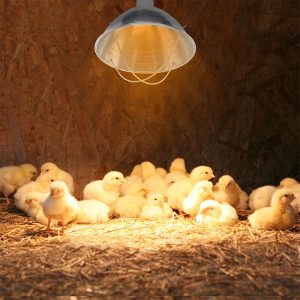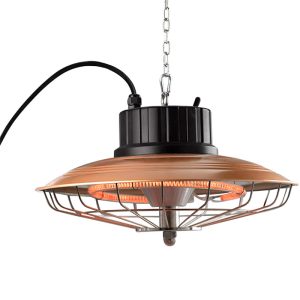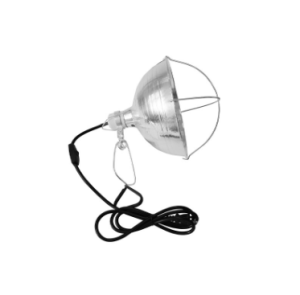As spring hatch seasons get underway across the country, poultry producers are ramping up use of brooder lamps—a critical tool for keeping newborn chicks warm—but agricultural safety experts are warning that improper use of the devices could lead to costly fires and livestock losses.
Brooder lamps, which emit heat to maintain the 95°F (35°C) temperature required for one-week-old chicks (gradually decreasing by 5°F each week thereafter), are responsible for an average of 300 agricultural fires annually in the U.S., according to data from the National Fire Protection Association (NFPA). Most incidents stem from lamps being placed too close to bedding materials like straw or shavings, or from faulty electrical cords.
“Brooder lamps are a lifeline for young poultry, but they’re also a fire hazard if not managed correctly,” said Dr. Elena Marquez, livestock safety specialist with the U.S. Department of Agriculture (USDA) Extension Service. “Producers should never leave lamps unattended, and they must ensure fixtures are secured at least 18 inches above bedding—never lower, even if chicks seem cold.”
The warning comes after a small-scale farm in Ohio reported a fire last week that destroyed a chicken coop and killed 200 day-old chicks. Investigators determined the blaze started when a brooder lamp fell onto straw bedding after its clamp loosened overnight.
To reduce risks, the USDA recommends using brooder lamps with heavy-duty, grounded cords, installing heat shields around fixtures, and pairing lamps with thermostats to prevent overheating. Producers are also advised to keep fire extinguishers nearby and to conduct daily checks of lamp stability and electrical connections.
“Investing a little time in safety measures can save producers from devastating losses,” Marquez added. “This hatch season, let’s make sure brooder lamps protect chicks—not put them in danger.”
Local Extension offices are offering free workshops on poultry safety this month, including hands-on demonstrations of proper brooder lamp setup. For more information, visit the USDA’s Agricultural Safety and Health Program website.







